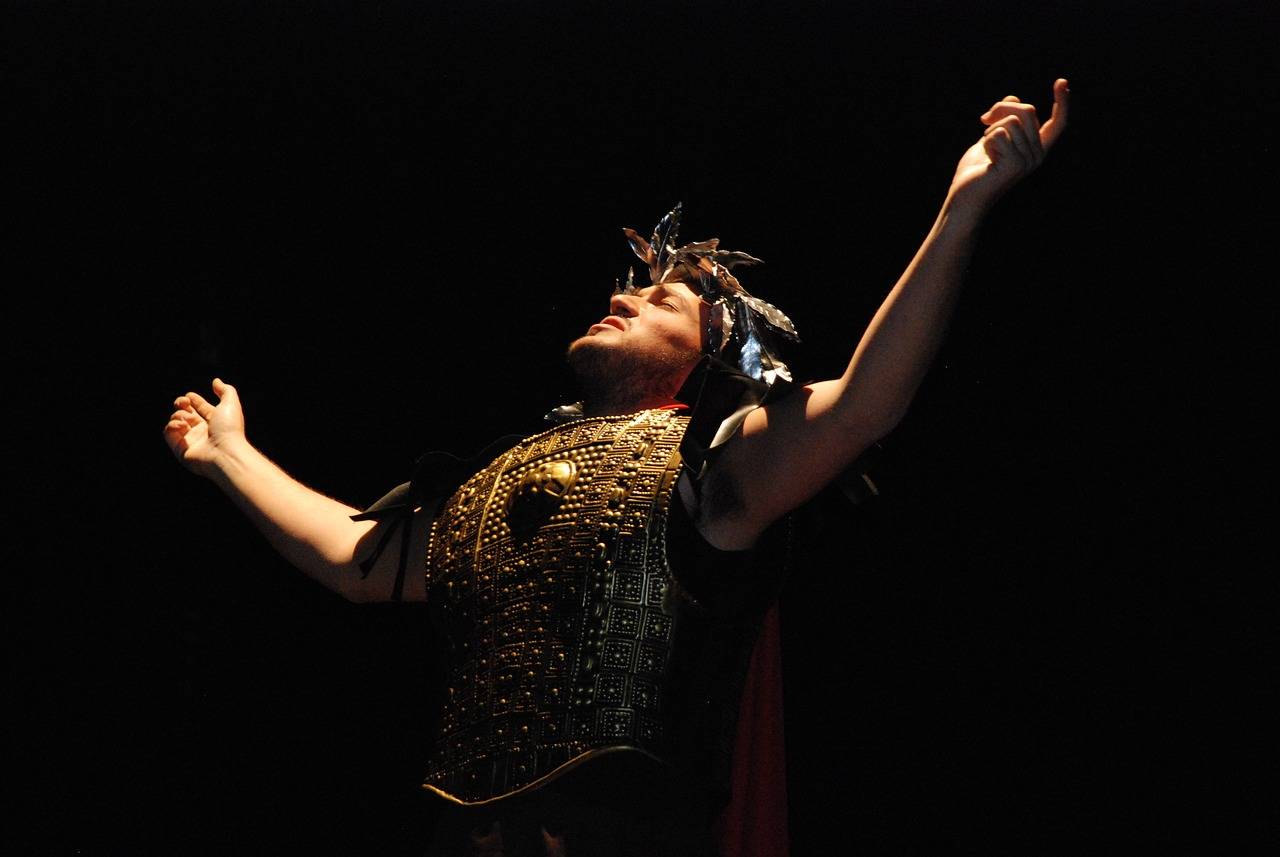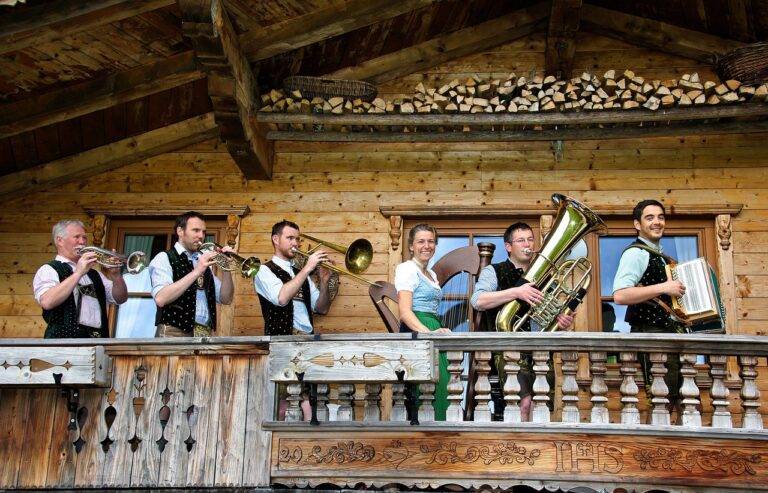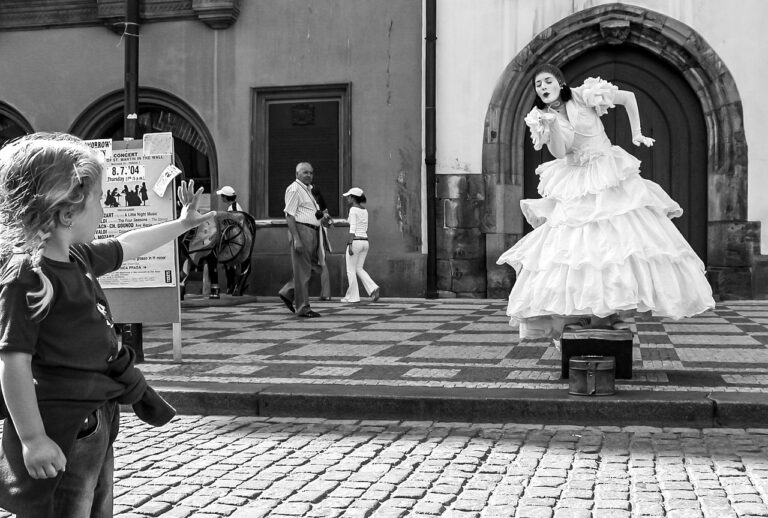The Art of Puppetry in Film and Television
Puppetry has a long and esteemed history in the realm of entertainment, dating back to ancient times in various cultures around the world. The earliest recorded use of puppets can be traced back to ancient Greece, where they were utilized in religious ceremonies and as a form of storytelling to convey morals and lessons to the audience.
As time progressed, different civilizations, such as the Romans and the Chinese, also embraced puppetry as a means of entertainment and cultural expression. In medieval Europe, puppet shows became popular forms of entertainment, often used to educate the illiterate masses through morality plays and comedic performances. Over the centuries, puppetry has evolved and adapted to different cultural and technological advancements, solidifying its place as a timeless and versatile art form in the world of entertainment.
Influence of Puppetry on Character Development
Puppetry has long been recognized as a powerful tool for character development in various forms of entertainment. Through the manipulation of puppets, puppeteers are able to convey a wide range of emotions and personalities, allowing audiences to connect with the characters on a deeper level. This ability to bring characters to life through the physicality of puppets enhances the overall storytelling experience.
Furthermore, the use of puppets in character development provides a unique platform for exploring complex themes and issues. By personifying abstract concepts or portraying diverse characters through puppets, creators can tackle difficult subjects in a way that is both engaging and thought-provoking. This approach not only adds depth to the narrative but also allows for a more nuanced understanding of the human experience.
What is the history of puppetry in entertainment?
Puppetry has a long history, dating back thousands of years to ancient civilizations such as the Greeks, Romans, and Egyptians. It has been used in various forms of entertainment, including theater, storytelling, and religious ceremonies.
How does puppetry influence character development?
Puppetry can be a powerful tool for character development, as it allows performers to create unique and engaging characters through their movements, voices, and interactions with the puppet. This can help audience members connect with the characters on a deeper level and understand their motivations and emotions.
Can puppetry be used to teach moral lessons and values?
Yes, puppetry is often used as a way to impart moral lessons and values to audiences, especially children. Through the use of characters and storytelling, puppetry can convey important messages about kindness, empathy, and respect.
What skills can be developed through puppetry?
Puppetry requires a range of skills, including acting, voice work, movement, and improvisation. By practicing these skills, performers can enhance their ability to create compelling characters and engage with audiences in a meaningful way.





